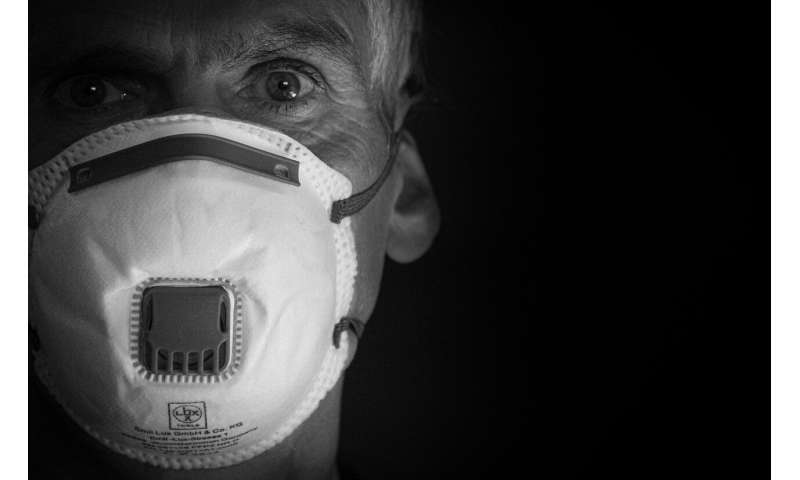
Since the coronavirus outbreak began, we all have had many questions about the disease, how to go about daily life, and how to responsibly work to minimize the risk to ourselves and others. Each day—each hour—brings new questions. We took a few of the most recent concerns from Chicago Tribune readers and the newsroom, and posed this newest round to Dr. Todd Nega, an infectious disease physician with NorthShore University HealthSystem.
Q: Since the virus can live on surfaces for some time, how do I make sure deliveries of mail, packages, groceries or newspapers are safe?
A: We believe that the virus can remain on surfaces for several hours and, in some cases, days, but there remain more questions than answers about exactly how long and on what type of surfaces. The chance of getting the virus after touching a surface that an infected person sneezed on, for example, is highest within the first 10 minutes, then diminishes with time. The chance of picking up the virus from mail or a package that was delivered or groceries is highly unlikely. The CDC recommends that people take steps to clean and disinfect surfaces—don’t forget your phones—and continue to do this routinely. Wash your hands after you return from the grocery store—and throughout the day—and wash all fresh vegetables and fruits. Remember that the virus is primarily spread through direct person-to-person contact. As always, continue to wash your hands regularly.
Q: How common are asymptomatic carriers? Is it possible that some people have the virus and never get sick but still pass it along to others who become ill?
A: It’s currently unclear what percentage of the outbreak is being spread by asymptomatic carriers, but it’s very plausible that they do play a role. Scientists from around the world are studying this aspect of the virus because it may contribute to why it is spreading so rapidly. This is why it’s so important for everyone, no matter your age or health status, to practice social distancing and good hygiene as recommended by the CDC.
Q: I am still required to go to work, and I take public transit to get there. When I return home at night, should I wash my clothes? Should I be laundering every article of clothing, even jackets and hats, after wearing it once?
A: The viability of the virus on clothing depends on the type of fabric. For example, germs are easier to wipe clean off leather or vinyl because they aren’t as porous as fabric. Practice routine washing of your clothes on the hot water setting because it will help kill the virus. Use the same process for the dryer. If you’ve been in a crowded area like public transit and could not practice social distancing, it’s a good idea to wash your clothes when you get home or at least put them in a laundry basket until you can wash them.
Q: Does the virus exacerbate conditions like asthma, bronchitis, emphysema and seasonal allergies, or does this mean I may have the virus?
A: It can, just like any other virus. Although many other factors this time of year can also cause an exacerbation of chronic lung diseases.
Q: What factors will we use to determine when the serious health risk of COVID-19 has passed? I’m hearing estimates of normal life activities being on hold for weeks or months, so how will the medical community determine when it’s OK to go back to school, work and eventually hold larger gatherings like concerts and sports events?
A: We will have to wait for CDC guidance on this. In other countries where this has been removed too early, the numbers have started to rise again.
Q: What does “shelter in place” mean? Can I go for a walk or run if I’m not close to anyone else?
Source: Read Full Article
